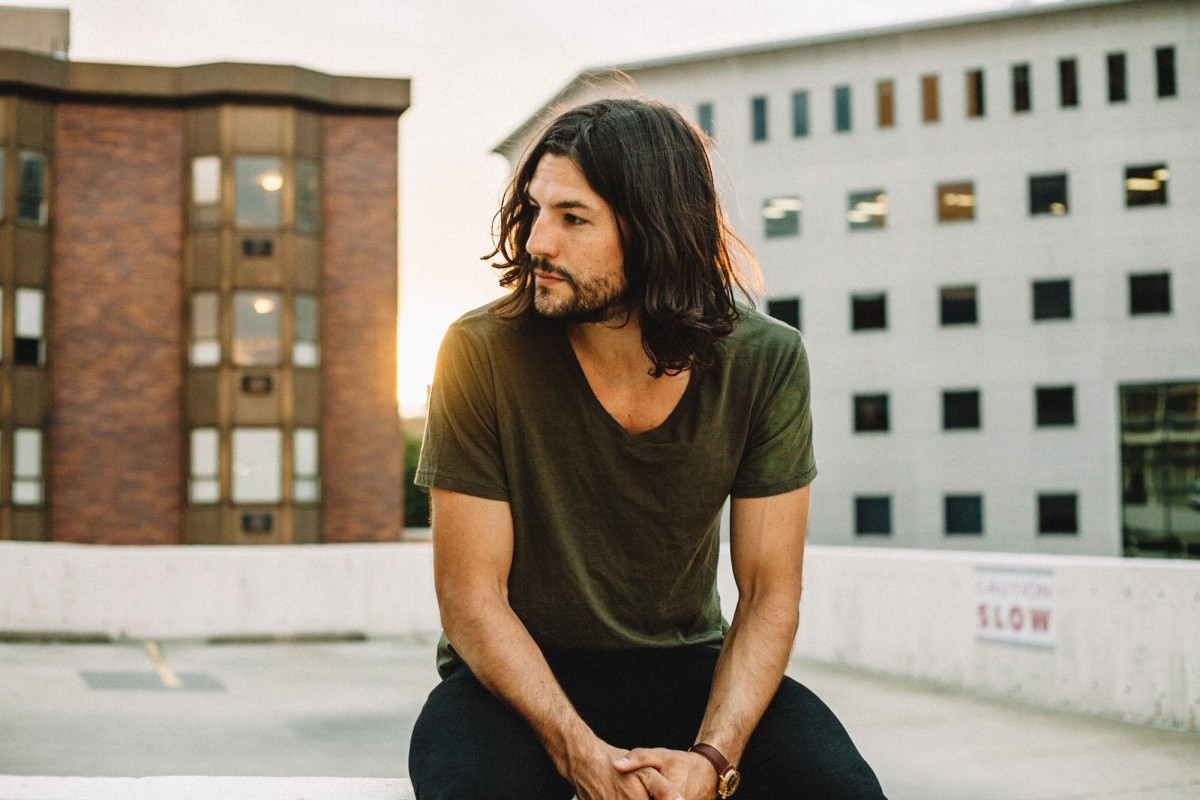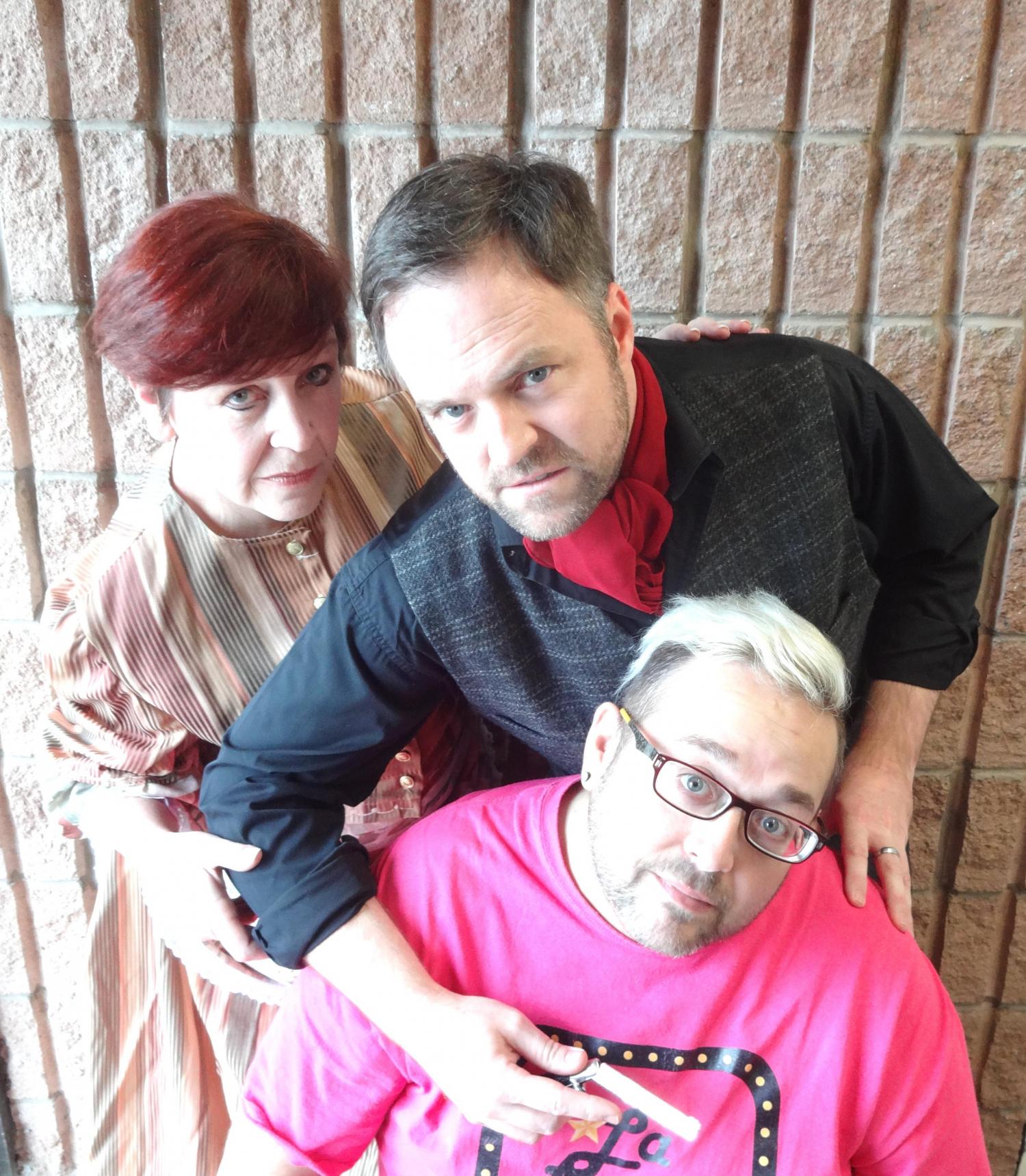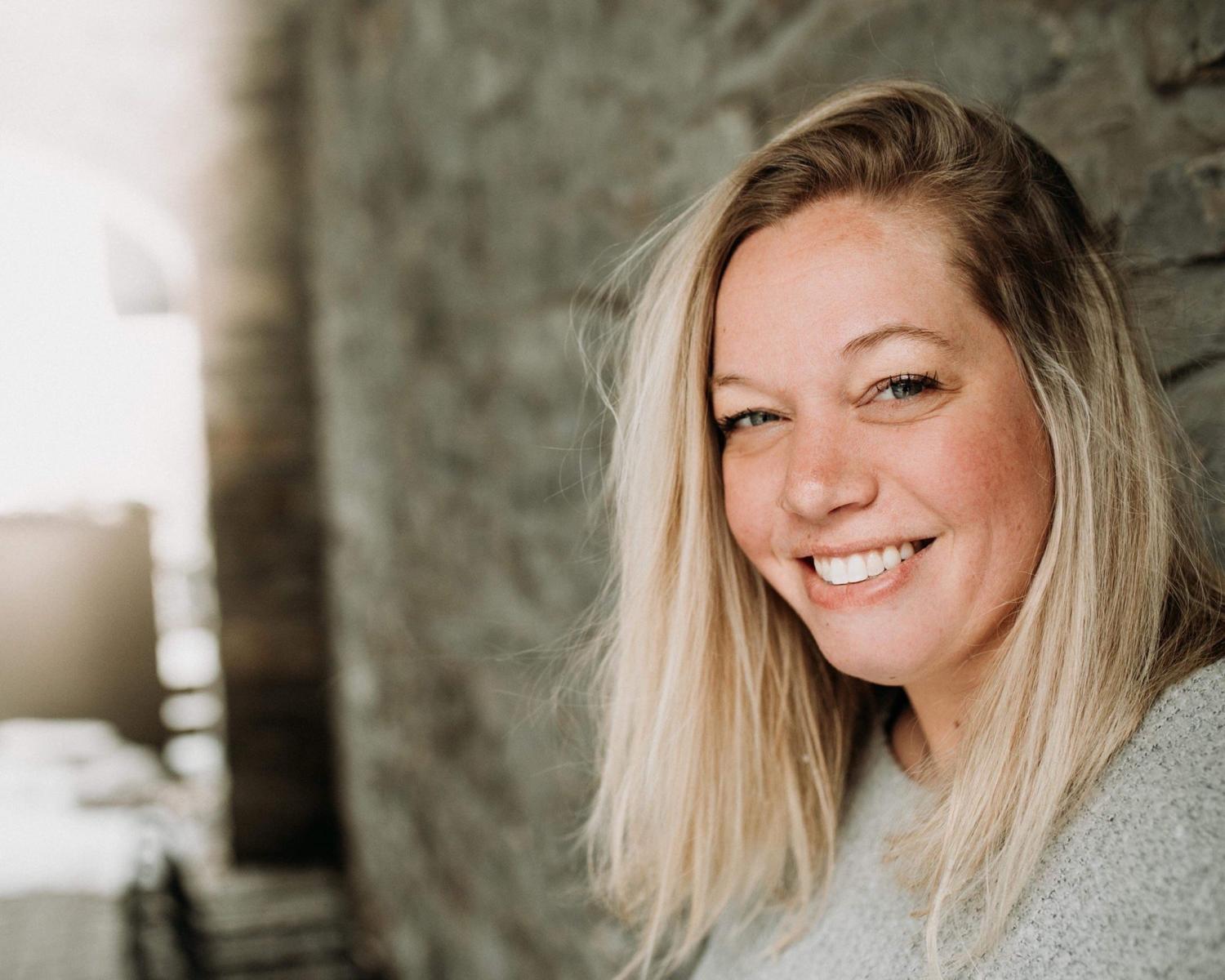
Craig Stickland doesn’t waste a minute
Music is a difficult career field, so Craig Stickland has kept surprisingly creative to keep his dream alive. In making his new record Starlit Afternoon, Stickland made a van to not only tour himself but record in the meanwhile. He's also acted, modeled and created furniture to subsidize his love of music while keeping a roof over his head. We caught up with Craig ahead of his November 9, 2019 show at Algonquin Commons Theatre to talk about keeping busy and sneaking into parks for music.
OttawaLife: I heard Starlit Afternoon was written across your tour, so how did you find your time on the road inspiring you?
Craig Stickland: Starlit Afternoon was written partly when I was Alessia Cara's guitar player, and then after when I was building my van. I had been touring around to play shows and mostly just pulled inspiration from everywhere I went. On the road you're constantly stimulated with new things. You also develop new relationships and deal with the trouble of fostering ongoing ones, so it's a constant rollercoaster. I was in the studio between tours, and it all came from those experiences. I had the van parked outside the studio too, so I was just existing in a home where I'd made the record too.
OL: How do you find that kind of van life on tour considering it's like a second home and also a writing ground for you?
For a time when I was making my album, I was living in the van full time. For the last year I was living in a place and just used the van for touring, but I'm back without a place again. After I'd signed a record deal, I put most of the money into building this van. I didn't have an income stream in the meanwhile though, so I Airbnb'd my apartment, as well as renting out my places in Toronto. That gave the money I lived off while touring. It wasn't scratching by and I love living in the van, it was just a means to live. Touring with Alessia I got used to the bus lifestyle, so when I got off tour I wanted to recreate that without a full tour bus.
OL: And what is your van kitted out with?
I have a solar-powered shower, a heater, a gas-burner, a fridge, running water and just everything you need to live in it. So it's fully winterized, and I've done tours where it's -50 outside. It's a great little refuge away from the chaos of touring. I actually do have recording equipment in there. I had produced my record myself with my own gear and with a couple friends on the project. You don't need much now to get a great sound, a good preamp, headphones, interface and microphones. They're all in a rack unit so they can travel with me super easily wherever I go. I've recorded a bunch of stuff in the van, demos really. That's what inspired my van session. When I built the van it seemed like a crazy idea, and I knew it would take three months of my time. I was justifying to people that with my van running on power, I could record in the middle of the desert. So when I finished the record and I'd seen the lengths solar power could go to, I embarked on the van sessions. I went across California filming live versions of the songs of these songs, using the equipment I'd used to largely record it.
OL: How did your van session playing in Yosemite come about and what was that like?
I'm not sure in retrospect how I chose it. "Break Every Rule" felt the most grandiose at that point, and we knew we were going to Yosemite. We required a permit though, but we ended up guerilla-styling it. I thought in the end it was funny that we ended up breaking rules to do it. We showed up with a piano in the back of the van, which took up most of it besides the crew. We wanted to wait until the following day to shoot because of light. I had noticed that we had a unique window without people and there were no rangers, so I pushed just to shoot then and there. We caught it when the sun was setting, blocked the vantage point from rangers and we didn't get in trouble for it either.
OL: Since you co-produced as well, what did you find Cat Lewis and Gray Hawken brought to the record themselves?
We really couldn't have done it without them because they contributed so many things! Cat came on through a mutual friend originally just as an engineer to run the computer while I recorded and Gray was just going to produce alongside me. But Cat stepped up with a lot of great ideas and turned it into this three-headed production. It was always about getting on the same page, even if we weren't, we'd find a meeting point. That was ultimately better for the project as a hold. We all had such strong feelings that we'd end up with different versions and take my vision somewhere. We experimented with a lot of different options for each song too, which wasn't the most fluid process but it got us to the finish line.
OL: How have you found balancing your modeling work (Diesel & Indochino) along with acting gigs while making music?
I did a lot of that to facilitate being a full-time musician. You can do all the research on trying to work like that and there's really no black and white way to make it as a musician. And it's not for anyone who doesn't love it so much. Being a mega-star is the only way to really do it full time. I did so many jobs I hated along the way. But modeling was one of the only relatively simple ways that I could support myself, though it's certainly a challenge there too.
OL: I saw you were in Edgar Wright's "Scott Pilgrim Vs. The World" adaptation too in Toronto?
It's funny actually, because I had such a small role in that film. In the end though I became close friends with Edgar and his assistant Leo Thompson while making that film, and we're still good friends now. Leo was actually one of my first friends when I moved to L.A. and she showed me the ropes and people there.
OL: You're also designing furniture and set up a shop in your guest house?
I'm doing it right now, so I would tell any musician now to not model yourself off of Alessia Cara or Shawn Mendes but maybe more a Chris Stapleton who put his first record out in his thirties. I've been doing this since I was 15, and I've made it now comparatively. But really I'm trying to find ways to stretch and do everything smartly. If I wasn't thinking like an entrepreneur with my van, renting my places or this work, I might have had to give it up. I don't come from a lot of money so all of this was to produce enough money that I could focus on music full time when I need. I started this furniture company to make furniture for musicians, by musicians based on my know-how. I designed things talking to people and figuring out what would be the dream piece of equipment for a studio. We just moved it into a warehouse, and because we have been away I have a waiting list. But that's shown us we have something sustainable going foreword.
Photo: Craig Stickland Music








